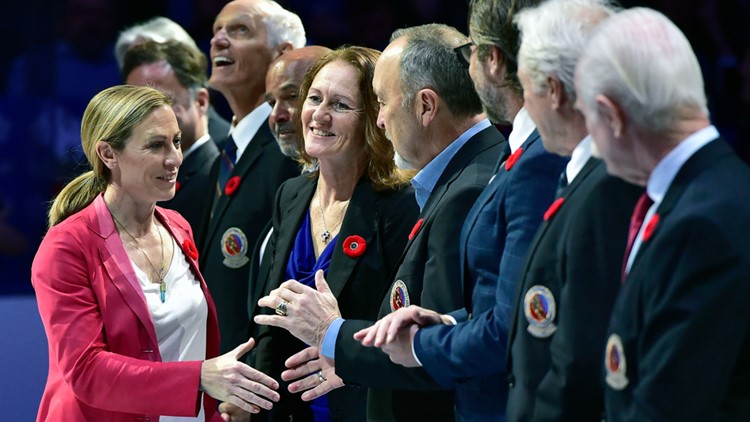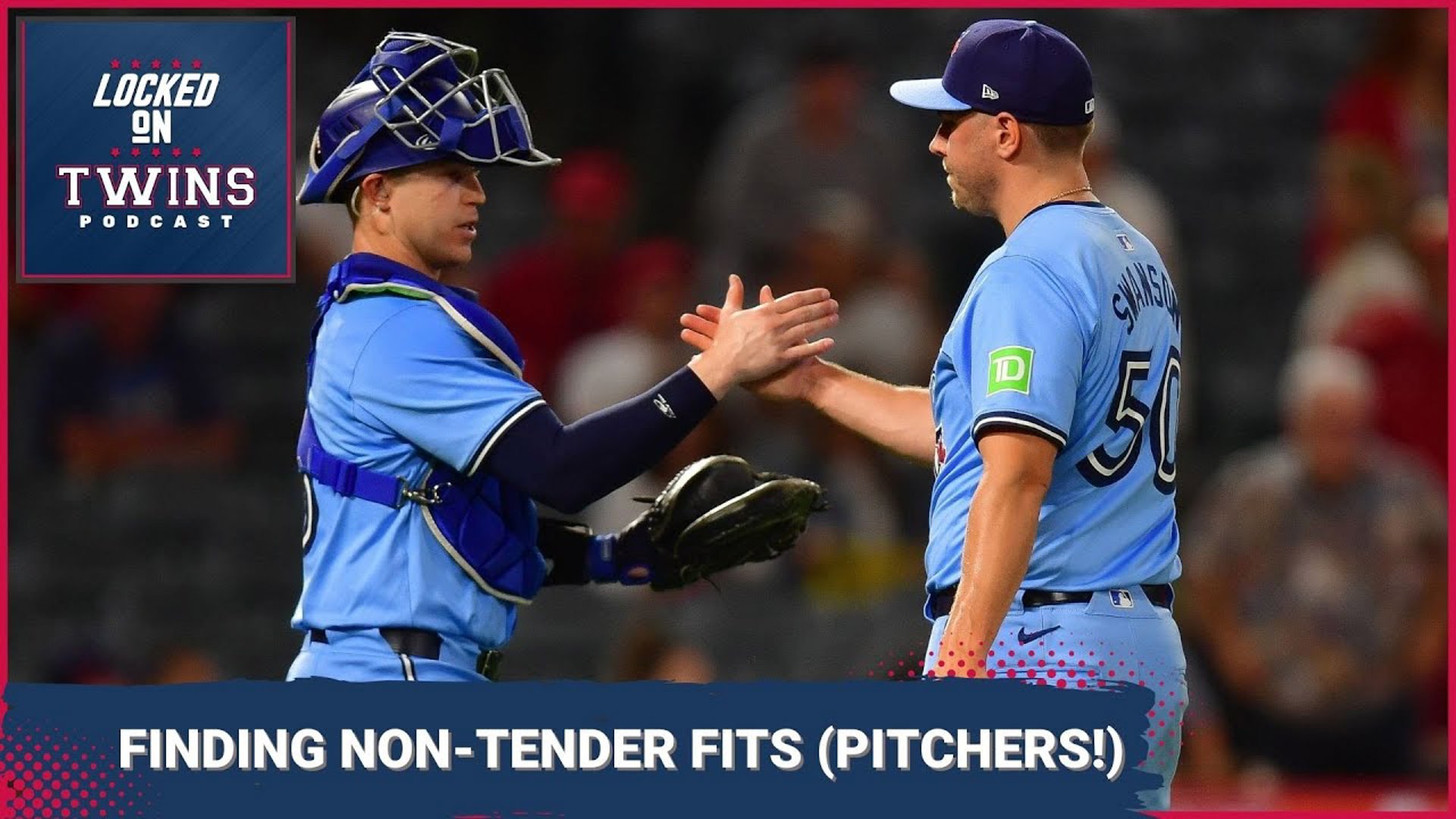It’s game on for a new, yet-to-be named women’s pro hockey league to launch in January after union members cleared the final major hurdle on Sunday by unanimously ratifying a collective bargaining agreement and a constitution, a person with direct knowledge of the vote told The Associated Press.
The person spoke on the condition of anonymity because the Professional Women's Hockey Players' Association has not announced the result of the vote conducted by its 97 members. The ratification effectively clears the way to launching the new league, which will bring together the top female stars in North America, with the potential to attract Europe and Asia’s best, as well.
The CBA runs through 2031, and having one in place before the league begins play marks a first for professional women’s sports in North America. The WNBA’s CBA was ratified in 1999, a year after the league launched, and the NWSL didn’t have its first CBA until last year, 10 years after it was established.
The vote caps a whirlwind three-day stretch that began when Los Angeles Dodgers chairman Mark Walter, one of the new hockey league’s financial backers, eliminated the competition by buying out the rival seven-team Premier Hockey Federation.
What’s left now is determining a league name, and where its six teams — three in the United States and three in Canada — will be based. After that, teams will begin hiring staffs, followed by a draft and a free agency signing period to stock each franchise’s 23-player roster.
“I couldn’t be more proud of our player group for really sticking together and being united throughout this whole process,” PWHPA board member and Canada national team player Sarah Nurse said on Friday.
“We really understood our value, and our faith has just never wavered from that,” she added. “And so looking at what we’re accomplishing with our CBA, which is paramount to us, it’s just such a great time. And I know that in the long run our sport is going to be so much better off for it."
While the new league is open to all players, the CBA vote was limited to PWHPA members who have spent the past three months negotiating the agreement with its financial backers, the Mark Walter Group and Billie Jean King Enterprises.
Brant Feldman, a player agent who represents numerous national team members, released a statement hailing the CBA ratification “groundbreaking for women’s sports.”
“Credit to the Mark Walter Group and BJK Enterprises to change the conversation that this is a business and be in a mutually beneficial relationship with the players at the start, than trying to build a CBA on the fly after the kinks of startup have already begun,” Feldman added.
Rivals no longer, a group of the PHF’s more high-profile players issued a unifying message earlier on Sunday by saying they’re eager to join forces — even as it comes at the expense of their league.
“Today, all women’s hockey players are united stronger than ever as we enter this new era,” the statement read. “As we embark on another league formation, we bring the power and the infrastructure we fought to build. We are hugely excited to see a unified league that will house all the best athletes that hockey as to offer and aim to build the strongest league that can stand the test of time.”
The statement was released by 11 players who have formed a PHF leadership committee and featuring at least one representative from each of the league’s seven franchises. The committee members include Boston Pride captain Jillian Dempsey, who holds the PHF record for goals, points and games played, Connecticut Whale’s Kacey Bellamy, a former U.S. Olympian and former PWHPA member, and Montreal Force’s Ann-Sophie Bettez, who played on Canada’s national team and is also a former PWHPA member.
The news of the purchase re-fueled a familiar narrative over the so-called rift between the two sides, which the PHF players wanted to dispel.
“We look to depart from the divisive narrative that too often plagued the many great achievements across professional women’s hockey, and become unified as we collectively create hockey’s future,” the players wrote.
The developments fulfill the PWHPA’s vision of having a controlling interest in a league with a sustainable economic model and fair wages for players.
Just as important, the new league finally clears what’s been a muddled North American landscape for women’s hockey that’s been divided by two factions over the best long-term viable approach. The divide dates to 2015, when the the four-team National Women’s Hockey League — later rebranded as the PHF — was founded as the continent’s first pro league to pay women’s hockey players a salary.
The PWHPA is made up of a majority of U.S. and Canadian national team players and established in 2019 following the financial demise of the Canadian Women’s Hockey League.
The group balked at joining the NWHL over philosophical differences revolving around its economic model as a start-up company relying on investors, the lack of health care benefits and teams having dedicated facilities. Financial stability concerns were also raised, especially after the NWHL was forced to slash player salaries in half a month into its second season to avoid bankruptcy.
In rebranding to the PHF, the league eventually shifted to bringing in private ownership, offering benefits and raising salaries. A $25 million commitment from the PHF board of governors led to each team’s salary caps jumping from $350,000 for the 2021-22 season to $750,000 last season and doubling that entering this upcoming year.
“For the last two years, we kept being told, ‘You just need to go play there,‘” Nurse said, referring to the PHF. “Our players didn’t want to settle for what currently existed. And, obviously, we did our own thing. We kept moving forward.”
The PHF players credited the PWHPA members and those who played key roles in their league.
“We are empowered to be entering an environment that has a union and CBA that lays out a roadmap to continue to build on,” they added. “Although this is the end of the PHF as we knew it, this evolution will never erase the tireless and thankless work of our athletes. ... We started this thing and we aren’t done yet. Onwards and upwards, together.”
AP Hockey Writer Stephen Whyno contributed to this story.



